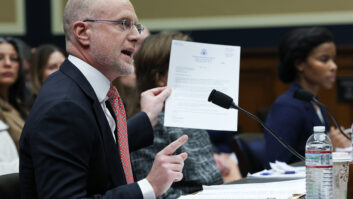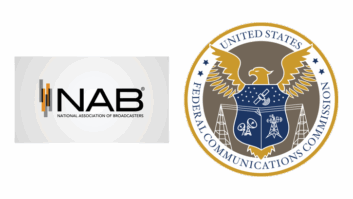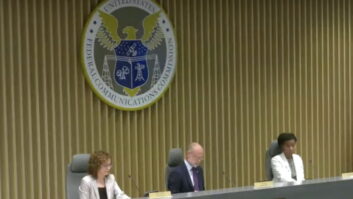This article first appeared in TV Technology.
The Federal Communications Commission set the rules for devices intended to operate in FirstNet, the nation’s first wireless broadband network dedicated to first responders.
“The rules, which include power limits and other technical parameters for operating in this spectrum band, will provide a foundation for FirstNet’s operations, help avoid harmful interference to spectrum users in adjacent bands, and expedite the availability of equipment for use on the public safety network, thereby fostering competition and innovation in the marketplace,” the commission said in announcing the rules.
The network will operate in 700 MHz spectrum, from 758 to 768 MHz, and 788 to 798 MHz. Power levels will be limited to “3,000 microwatts per square meter on the ground within 1,000 meters of the base of an antenna for any signal transmitted in excess of 1,000 watts effective radiated power,” as the FCC originally proposed. The rules also restrict out-of-band emissions to protect adjacent-band operations as well as GPS receivers at 1,559 to 1,610 MHz, further aligning the FirstNet rules with those already established for 700 MHz LTE networks, the commission said.
The commission had proposed a field strength limit of 40 dBuV/M to prevent interference between FirstNet and any statewide networks deployed in the spectrum. It was noted, however, that state networks must be interoperable with FirstNet, making field strength limits unnecessary. Further network coordination rules were also found to be unnecessary at this time. Guard bands will be retained for the time being.
The rules further address the equipment certification process and other issues bought up in the comment record. The rules will go into effect immediately upon publication in the Federal Register. FirstNet is to be funded at $7 billion through TV spectrum auction proceeds, with another $135 million allotted for a state and local implementation grant program.







